#ElectricCars
What's the Chinese Electric Car Startup Survival Rate? One Percent, An Investor Predicts
China has bit of a gambling problem when it comes to electric car manufacturers, though it should probably be referred to as a “gambling solution.”
The country dumps vast sums of money into hundreds of EV startups, effectively hedging its bets by placing chips on absolutely everyone. With $15 billion already invested, the nation intends to put another $47 billion toward the cause — plus whatever funding investment firms decide to contribute. While the strategy has definitely stimulated the economy, created jobs, and supersized the industry, there’s growing concern that creating a battle royale between startups could blow up in China’s face.
Even if it doesn’t, there’ll still be a bunch of automakers eating each other until only a handful remain. Previous estimates had that number riding around 5 percent of the whole. But NIO Capital, the Chinese investment firm that’s already invested a gratuitous amount of funds into advanced automotive tech, claims the actual number will be far lower — probably around 1 percent.
Nissan Leaf Nismo Confirmed, Baby!
Nissan unveiled the Leaf Nismo EV this week, with sales commencing in Japan at the end of the month. This is a big surprise for the Western automotive media, as few of us truly believed it was possible. While rumors suggested the existence of such a vehicle, we presumed it would either not happen or manifest as a pathetic appearance package on a vehicle entirely consumed with efficiency.
We were wrong. Nissan actually retuned the Leaf’s computer for improved acceleration and gave it a bunch of meaningful performance upgrades.
The More You Know: There Are at Least 487 Electric Vehicle Manufacturers in China Right Now
We’ve mentioned Chinese startups working on electric vehicles in the past. You’ve got the American-based (but Chinese-owned) Faraday Future that couldn’t pay its bills, its big brother LeSEE (which is facing similar troubles), the performance-focused NIO, the luxury-minded Byton, the German-named Weltmeister, and a handful of others making ink every so often.
While EV startups from other countries (Tesla, Rimac, etc.) garner their own headlines, it’s more common to see a Chinese startup angling for media exposure as of late.
Of course, established automakers are busy setting up their own electric divisions to fulfill the nearly absent Western consumer demand for EVs. They’re gambling on a future where electrification replaces internal combustion, but nobody is betting more on “green” than China. As of today, it’s estimated that the country has 487 electric car companies, and the nation feels this still isn’t enough. Holy shit.
Making the Mark: Tesla Reportedly Hits Model 3 Production Goal
It finally happened. Tesla Motors reached its goal of 5,000 units per week for the Model 3. After numerous production setbacks and timeline adjustments, the automaker reset its target for the end of the second quarter and appears to have pulled it off just five hours after the deadline passed.
With Tesla having extended its assembly line beyond the confines of the Fremont facility’s interior, it’s unclear if the company can maintain this level of production over the coming months. But, with steady progress having been made and the second-quarter goal hit, we at least know it’s theoretically possible — and that should please investors and consumers alike.
Rare Rides: A Tale of Fisker Karma (Part III)
While Part I of the Fisker Karma story introduced the car and its tech, and Part II reviewed the interesting combination of features and design mandates which accompanied the advanced tech, Part III is the one you’ve really been waiting for.
It’s all flames, floods, and failures.
Rare Rides: A Tale of Fisker Karma (Part II)
In Part I of our Fisker Karma Rare Rides trilogy, we learned of the technology and promise lying just beneath the swooping curves of the sedan’s seriously stylish body. Today we talk economy of fuel, space, and materials.
Rare Rides: A Tale of Fisker Karma (Part I)
To my recollection, we’ve only had one EV-type vehicle thus far in the Rare Rides series, and it was Toyota’s ill-fated and corporately sabotaged RAV4 EV. That changes today, with another plug-in vehicle that crashed and burned.
Today’s Rare Rides is the first installment in a three-part trilogy of the life and times of the Fisker Karma.
'Artisanal' Child Labor Business Booming, Thanks to Electric Vehicle Renaissance
Electric cars have been praised as the future savior of mankind for quite some time now, but only in the last few years have mainstream automakers promised to drive headlong into EV production. Governments around the globe encourage the transition. The reality of battery production isn’t so clear-cut, however. Unless you make your daily commute in a Mack truck, odds are good that swapping to a sparkly new four-door with a lithium-ion battery isn’t going to be better for the environment.
Currently, it takes substantially more energy to produce an electric car than a conventional internal-combustion model. EVs sourcing their energy from fossil fuel-burning power plants aren’t much better for the environment than something that runs off pump gas. In addition to that, defunct batteries have to be recycled or they become environmental hazards — and no one has quite figured out the best way to do that yet.
There’s also the issue of sourcing the materials for those batteries. EV cells need scarce precious metals like nickel and cobalt. Those materials take a lot of energy to harvest and have, unfortunately, led to an increase in child labor rates in Africa.
Green for Green: California Governor Outlines $2.5 Billion Electric Vehicle Push
If California’s Jerry Brown is known for anything, it’s for continuing his familial legacy of governing the region for a weirdly long period of time and pressing for the proliferation of electric vehicles. While not all of the state’s EV initiatives have gone without a hitch (the LAPD’s unused fleet of battery powered BMWs springs to mind), Brown remains essential in keeping his neck of the woods on the forefront of alternative energy adoption.
Currently, California plans to place five million zero-emission vehicles on the road by 2030. The state previously set a target of 1.5 million ZEVs by 2025. That’s a massive increase, especially considering California only has about 350,000 examples currently plying its roads. Don’t worry, Brown has a plan to stimulate sales: $200 million worth of subsidies per year for the next eight years.
It's Electric - or Electrified - Whatever, Just Get It Right
The 2018 North American International Auto Show, aka the Detroit Auto Show, is upon us, and at least one of the new vehicles shown will be electrified. But not necessarily electric.
Yet, journalists, both those who cover the industry and especially those who normally work other beats (such as business or news), will continue to incorrectly conflate the two. Which in turn will give this editor even more gray hairs.
As Tesla Model 3 Reservation Holders Wait (and Wait and Wait), GM Says It'll Play Nice
The number of people willing to plunk down a $1,000 deposit for a Tesla Model 3 currently stands at about 455,000. In the third quarter of 2017, Tesla delivered 220 units of its smallest and most affordable electric car. Last quarter, some 1,550 buyers took ownership.
If it looks like it’s shaping up to be a long wait for the newest reservation holders, you’re right. Tesla claims it has succeeded in working out some of the issues hampering production at its Fremont, California assembly plant, but the pushed-back ramp-up of Model 3 production means some reservation holders won’t see their new car this decade. Meanwhile, you can not only walk into a General Motors dealer and order a Chevrolet Bolt today, but you can expect delivery well before the 2020 election campaign gets into full swing.
Is GM planning to exploit its competitor’s production woes? Not us, the automaker claims.
Faraday Future Claims It Rustled Up $1 Billion in Funding and a New CEO
Faraday Future is the real-life equivalent of a franchised movie monster. While not a physical manifestation of evil, destined to rip apart promiscuous teens in increasingly elaborate ways, it does possess the unique ability to keep coming back every time you thought it had finally been destroyed.
Despite having lost a factory in Nevada, a chief financial officer, chief technology officer, lead designer, head of manufacturing, Formula E team, and the public’s trust (you can add bankruptcy rumors to the mix, too), LeEco chairman Jia Yueting now claims the company has suddenly managed to raise $1 billion in funding.
Jason Voorhees, eat your heart out.
Gas Be Gone: California Working on Bill to Banish Internal Combustion Cars by 2040
California Assemblyman Phil Ting, a Democrat chairing the chamber’s budget committee, says he intends to introduce a bill that would allow the state’s motor vehicle department to register only automobiles that emit no carbon dioxide, such as battery-electric vehicles or hydrogen fuel cell cars.
The proposed legislation would ultimately ban internal combustion engines, mimicking similar actions taken by France and the United Kingdom. Ting claims that, without a plan in place, California’s attempt to dramatically reduce greenhouse emissions by 2050 will prove ineffective.
Smart, or Sacrilege? Porsche Considering Production of an Electrified 911
Porsche is considering an electrified variant of the iconic 911, which isn’t all that surprising, considering Volkswagen Group wants a battery-enhanced version of every model it builds. But changing the 911 is tantamount to sacrilege among some circles and is likely to receive some mixed responses.
That said, it’s not as if the model remained unchanged since 1963. Porsche has implemented loads of electronic aids over the last decade and even chucked in a turbocharger. Besides, Ruf Automobile already built an all-electric 911 — which it called the eRuf Model A — way back in 2008. The foundation has been set. But we’re not convinced Porsche will walk that path.
Much more likely is that the company will use electric motors to supplement a semi-traditional internal combustion unit, or perhaps utilize a 48-volt mild hybrid system.
Volkswagen Sets Aside $11.8 Billion to Build EVs in China
When we were told the electric revolution was on its way, most of us probably assumed at least some of that vehicular renaissance would take place outside of China. But Asia is where all the hot EV action lives, so that’s where the money goes.
Volkswagen, now promising one of the industry’s most ambitious pushes into electrification, plans to invest $11.8 billion through 2025 to develop and manufacture all-electric and plug-in hybrid vehicles in China, as the nation’s emission mandates become progressively more stringent.
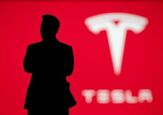
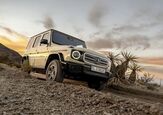
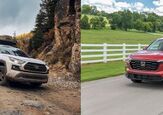
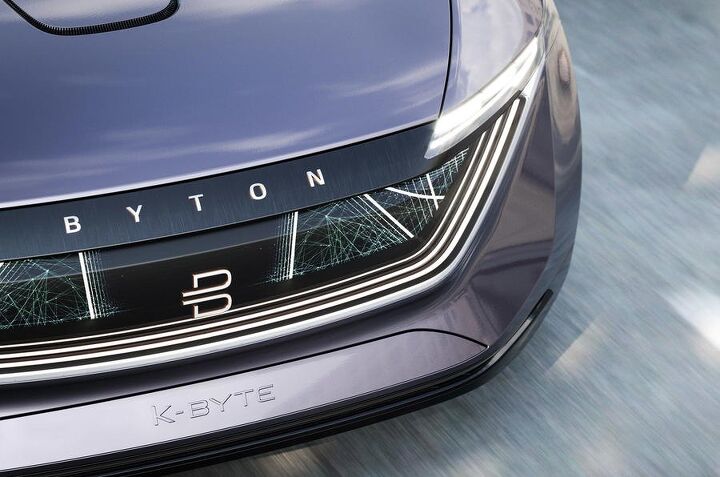
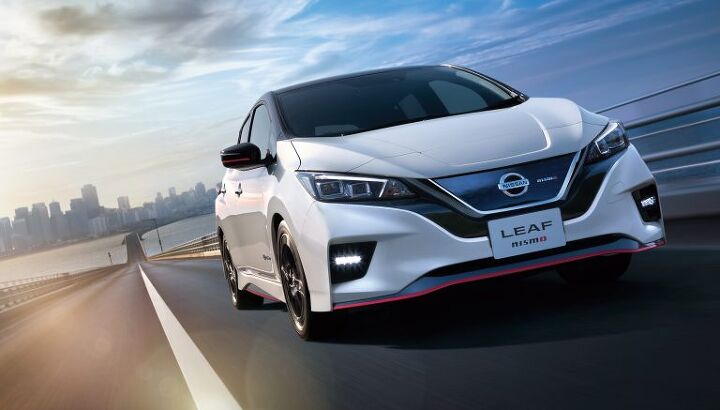

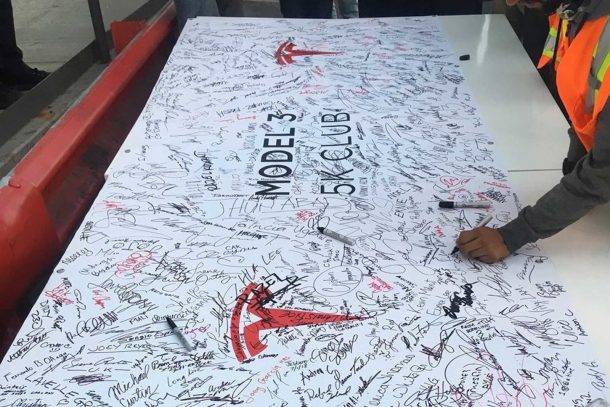





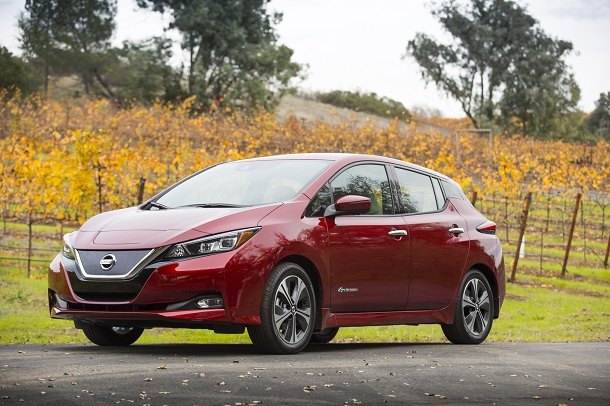
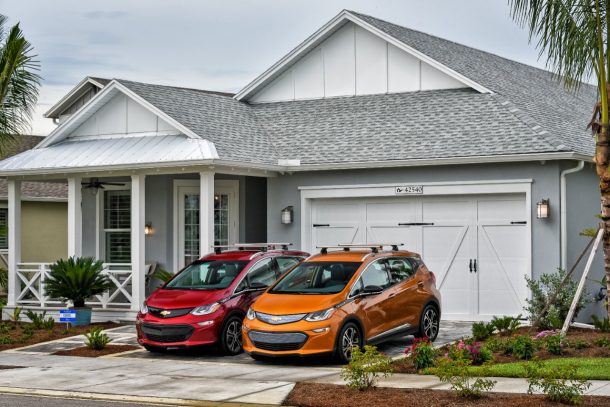
















Recent Comments